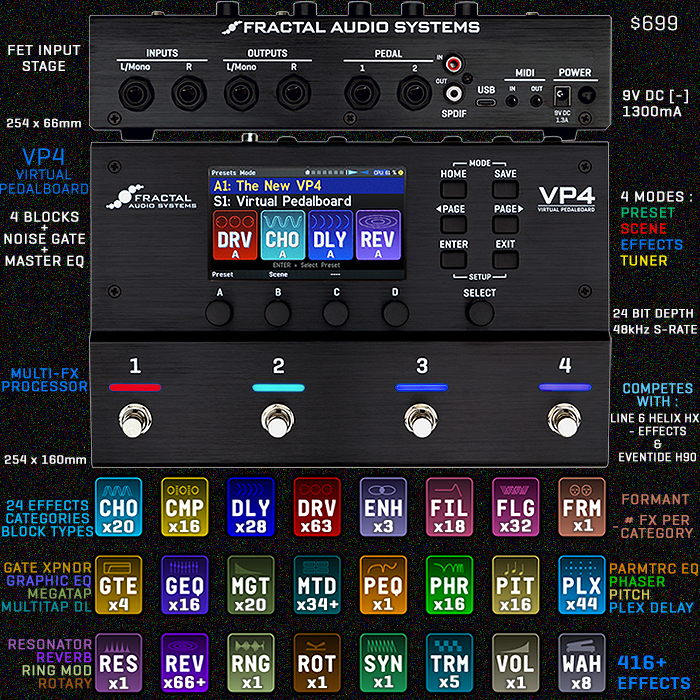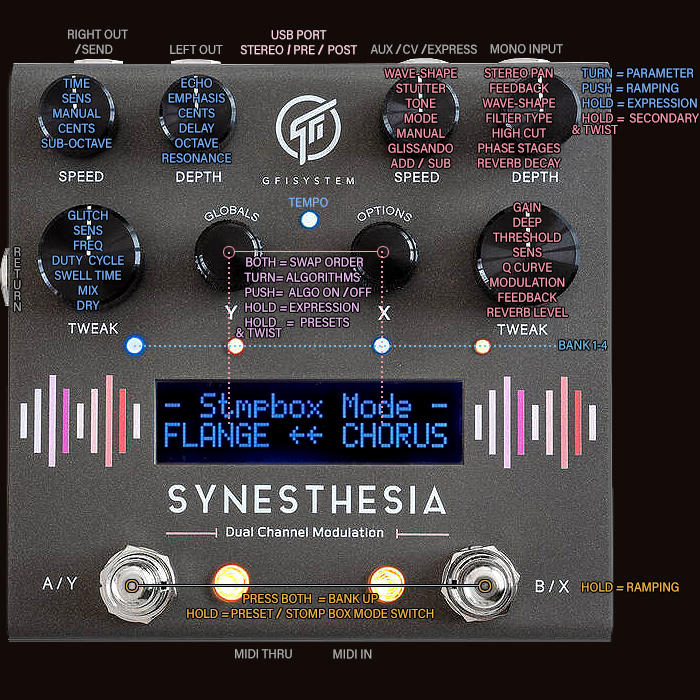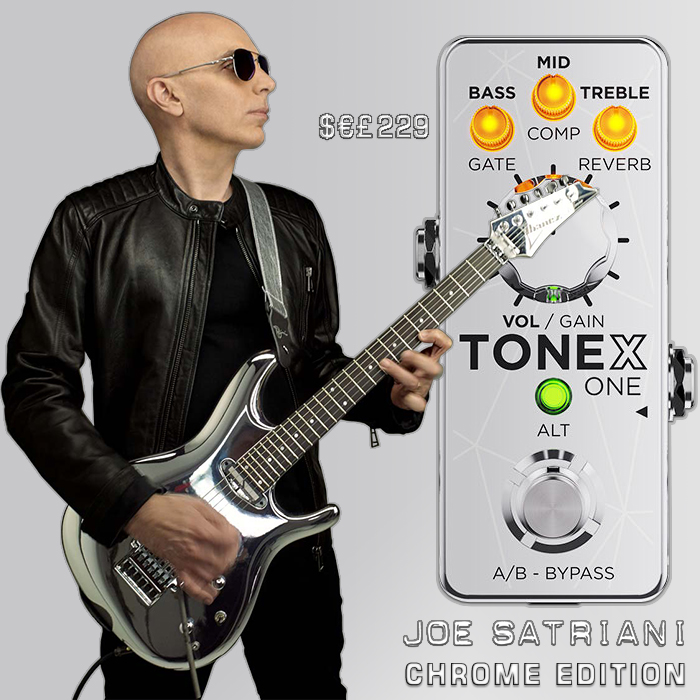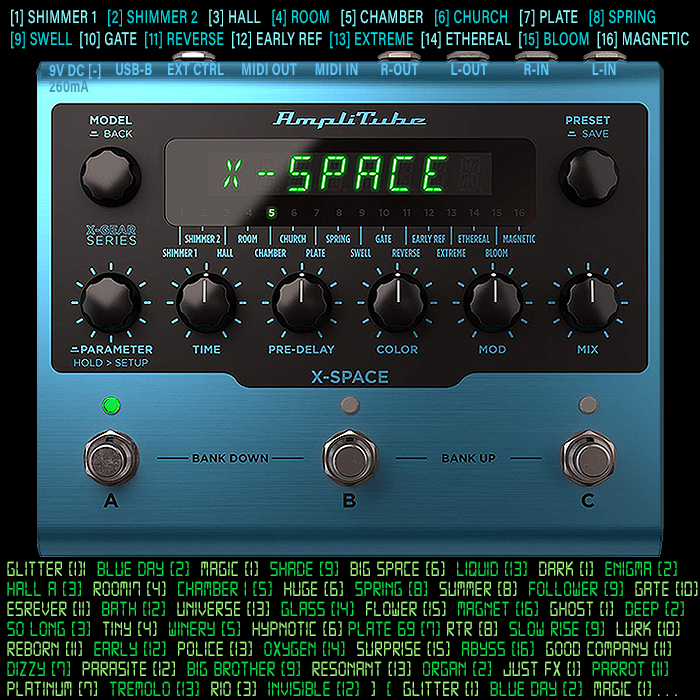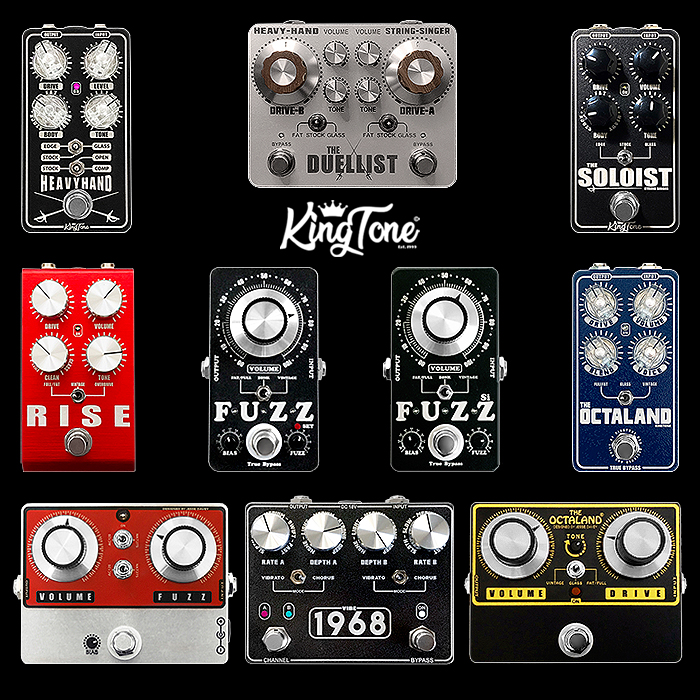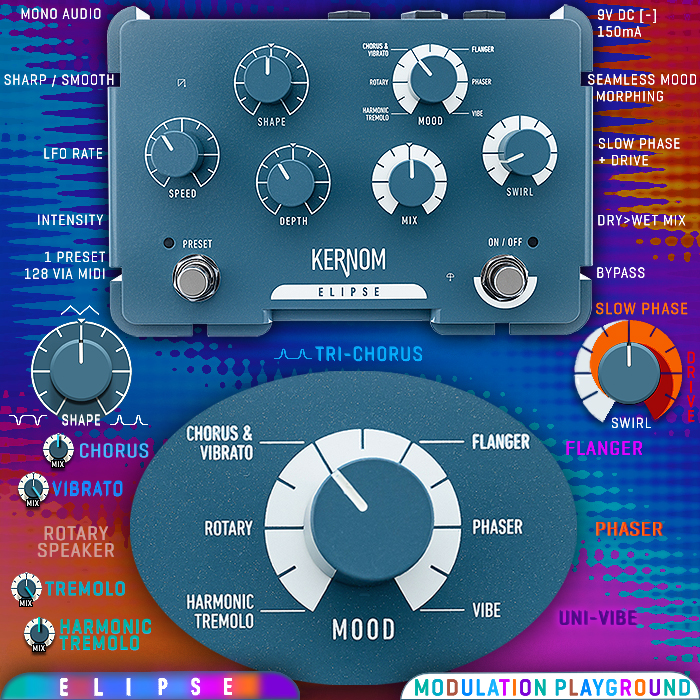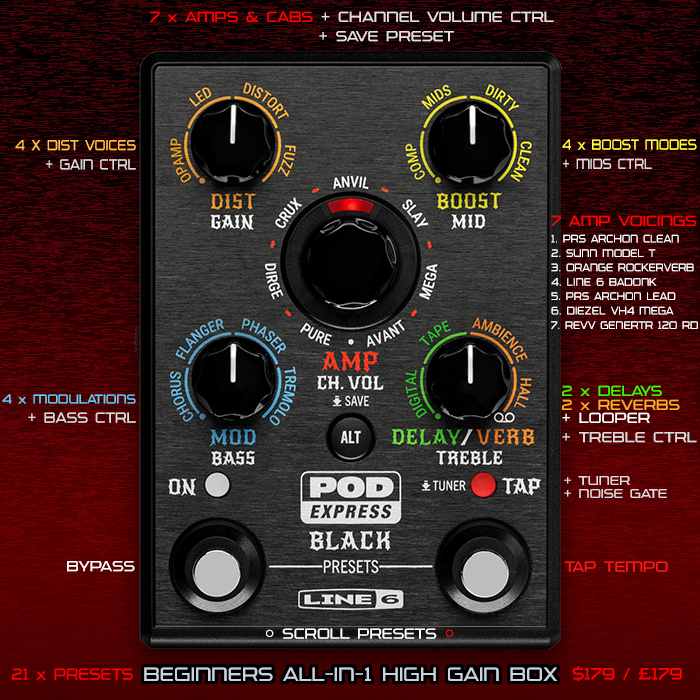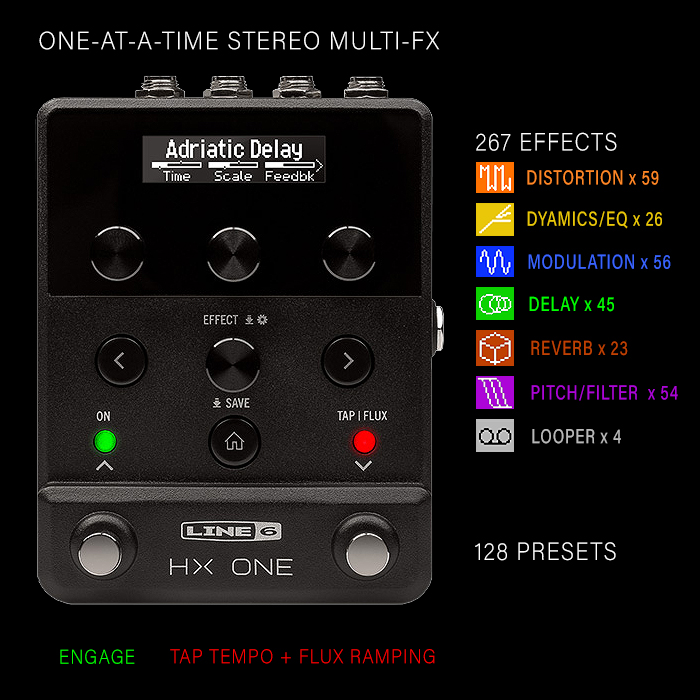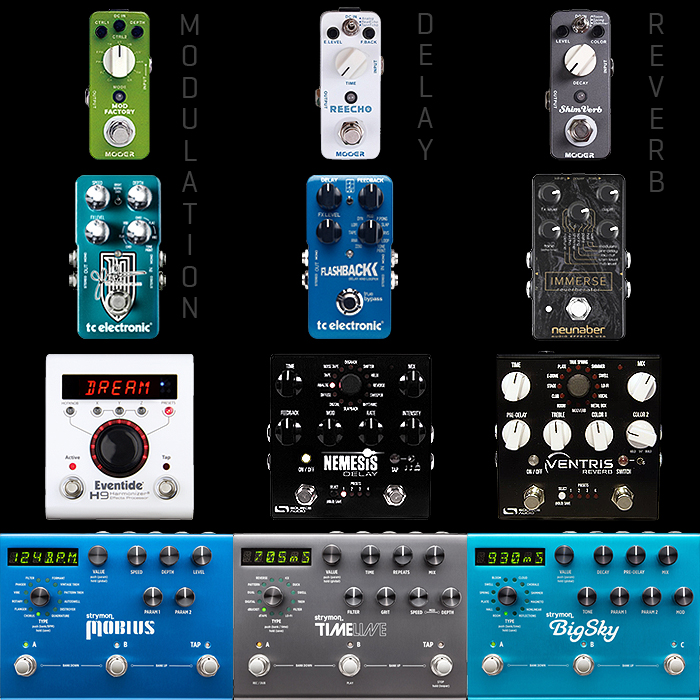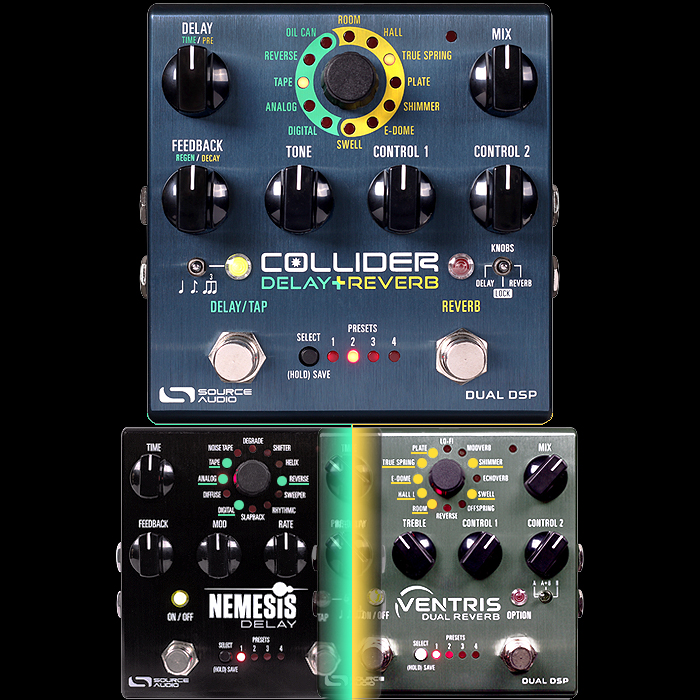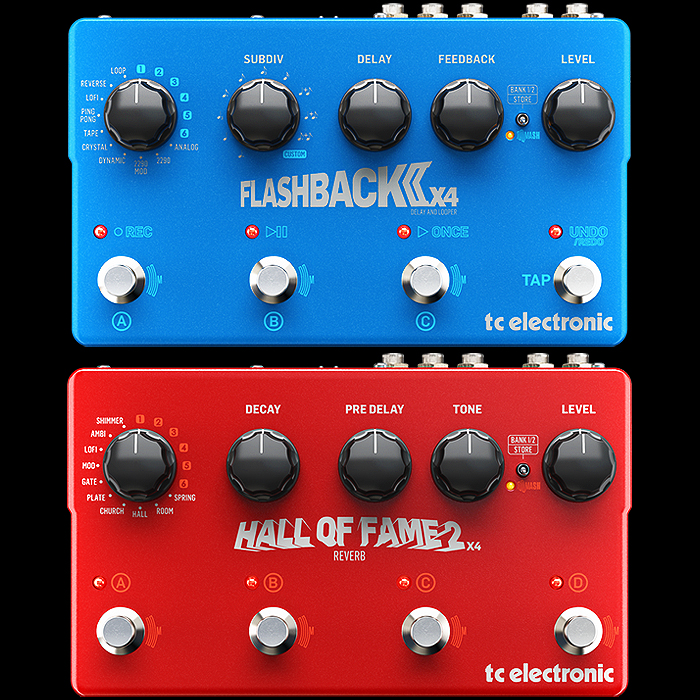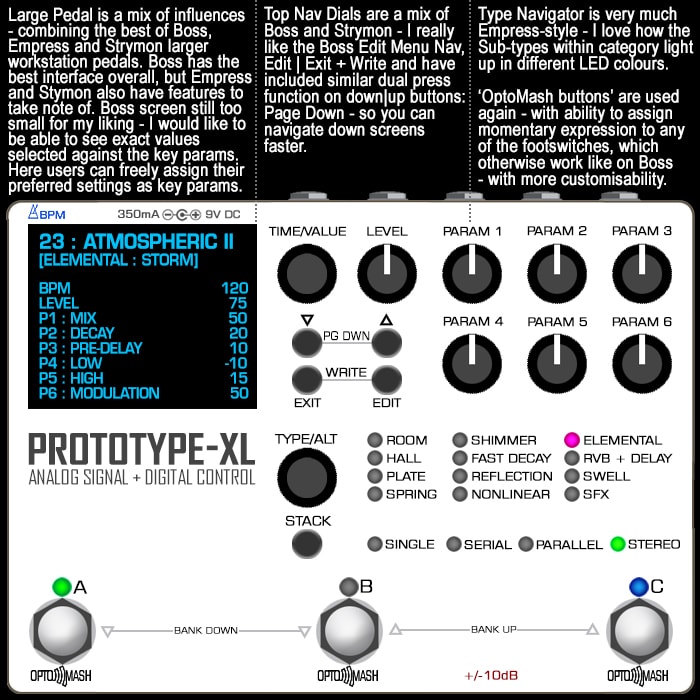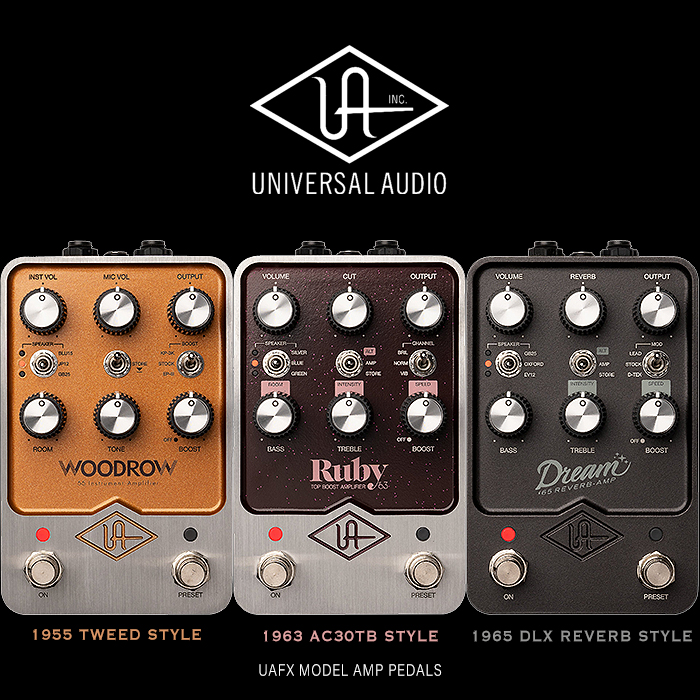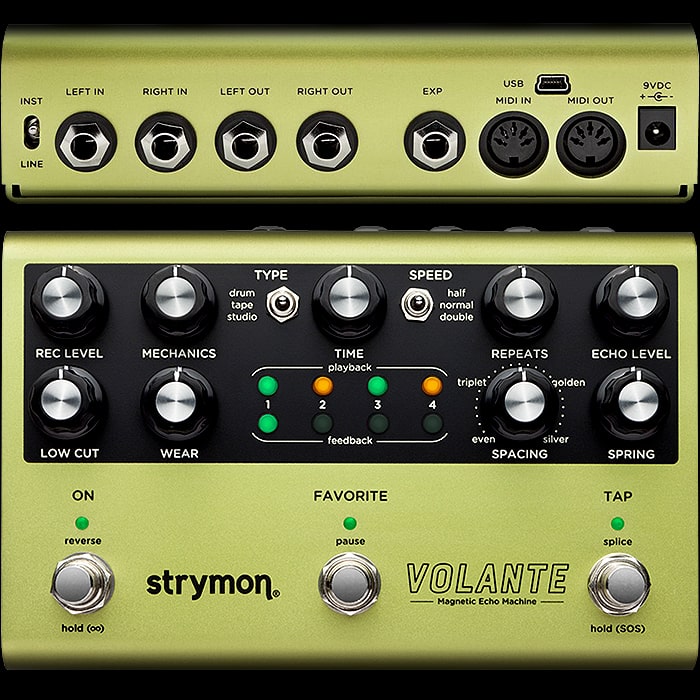IK Multimedia Launches X-Gear Hardware Pedal Editions of its AmpliTube Plugin Algorithms - the X-Drive, X-Space, X-Time, and X-Vibe
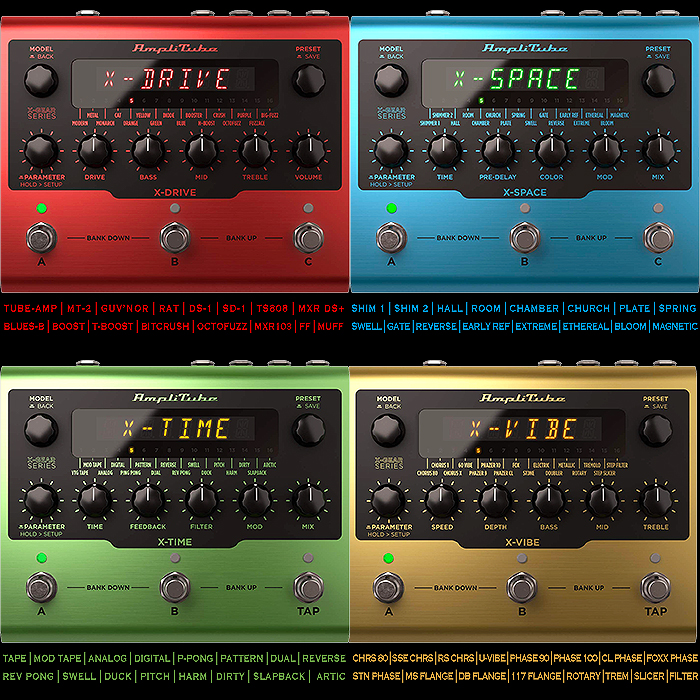
These are exciting times as another brand enters the Big Box Workstation Pedal arena. An area typically dominated by Strymon, Boss, Eventide, and to a lesser degree Empress Effects and Universal Audio. Eventide really kicked this sort of thing off with its quartet of ModFactor, PitchFactor, Space and TimeFactor. Before Strymon kind of took over with its Mobius, TimeLine and Big Sky.
I largely have a mix of Strymon and Boss in this area with the Empress EchoSystem too. It seems that IK Multimedia have been keeping a close eye on Strymon - as its 4 new pedals copy the same sleek anodised aluminium enclosures of Strymon’s most recent pedals - but with a large single colour LED screen.
All the launch demos are somewhat superficial with scant operational details - and since there are no manuals available yet - it’s not possible to do a proper deep-dive into these pedals features and functions. What we do know is that they have common control topologies with 8 knobs, 3 of those doubling up as push-buttons - with 3 Footswitches - including Tap-Tempo where applicable. Each has a total of 16 key algorithms - which light up nunerically on the display as 1-16 - and accompanied by large text status prompts on the central screen. Superficially at least these look very high quality, and we know they are manufactured in Italy.
Without further references its not possible to compare their feature sets with the other main contenders in those areas - e.g. Strymon and Boss. So we will largely concentrate on what we can see - and those 16 core algorithms on each pedal.
IK Multimedia quote 24-bit/192kHz processors, where Boss deploys for instance 32-bit floating point processing. Typical Current Draw values for the Boss 500-Series are 225mA, while the X-Gear devices seem to run off 500mA - which might indicate they are less optimised / efficient.
Key strengths for theses X-Gear devices are their consistently common and instantly familiar 8-knob control topologies, and selections of 16 Modes / Parameters - where most equivalents have only 12 or so. Superficially there is much to like here - while none of the existing resources go into enough depth for us to make a proper deliberation on. It looks to a degree that this announcement was rush-released for Summer NAMMM - as you would usually expect to see at least one or two ’artist’ or relatively deep-dive / technical videos at launch - while all we have really is promotional montages which reveal relatively little!
X-Gear Pedals Common Features :
- 300 Storable Presets
- 112dB dynamic range
- 50 Factory Presets
- 16 Models / Modes / Algorithms
- 8 Control Knobs, 3 Knobs with ’Push’ Function
- 3 Footswitches, including Tap-Tempo for X-Time and X-Vibe, with Bank Down/Up
- Highly Visible Bright Single-Colour LED Screen
- Ultra-low noise, 24-bit/192kHz converters for class-leading sound quality
- 5 Hz–24 kHz frequency response
- Full Stereo Inputs / Outputs
- Full-size 5-Pin MIDI In & Out
- External Control Jack
- Integrates with AmpliTube Plugin Suite
- USB B-Type Port fo connecting with PC/Mac and for Firmware Updates
- 9V DC [-] Power with typical :
- 500 mA Current Draw
- Chassis : Anodised Aluminium
- Dimensions : 58mm / 2.28" (H) x 175mm / 6.88" (W) x 145mm / 5.7" (D)
- Weight : 2 lbs.
- Made in Italy
- RRP - €300 | $300 | £300
AmpliTube X-Drive Drive and Distortion Workstation - $300 | €300 | £300
The most obvious comparison here is to Boss's OD-200 - which is a similar Multi-Drive Workstation. That has somewhat more compact dimensions with 17 varieties overall compared to the X-Drive's 16. While 5 of Boss's voicings are 'Boost' types - which cannot be deployed independently. With Boss you can obviously stack 2 Voicings in Parallel and Series - while it's not clear how the X-Drive stacks.
Controls on the X-Drive seem incredibly intuitive and concise with an interesting mix of Modes. I have presumed that the Blue mode is Blues-Breaker, although I'm not 100% clear on that. Everything else is fairly self-evident - including 3 classic Boss voicing. While I question the omission of a Klon voicing. Other than that the varieties here seem to be very solid. I particularly like that there are 4 Fuzz Voicings onboard - while the Boss OD-200 alas has only the single Big Muff flavour.
I think that there is enough about this unit for it to be properly appealing - even if I would likely still favour the Boss - because of its size and pedal-chain practicialities.
Nevertheless I think the X-Gear series is off to a strong start - and this is generally a great selection of drive and distortion voicings. I cannot tell yet from what has been provided as to have authentic each of those flavours are - but it seems mostly encouraging!
Controls - Model / Back, Preset / Save, Parameter / Setup, Drive, Bass, Mid, Treble, Volume, A|B|C Footswitches - Bank Down/Up.
Models / Modes :
- Modern - Tube-Amp-like Modern Smooth and Creamy Harmonic Drive/Distortion
- Metal - based on Boss MT-2 Metal Zone Distortion
- Monarch - based on Marshall Guv'Nor - 80's era Power Stack Distortion
- Cat - based on ProCo Rat Distortion
- Orange - based on Boss DS-1 Distortion
- Yellow - based on Boss SD-1 Super OverDrive
- Green - based on Ibanez TS808 Tube Screamer Overdrive
- Diode - based on MXR M104 Distortion+
- Blue -assumption is this is based on Marshall Blues Breaker Overdrive
- Booster - sort of Linear Power Booster style Boost
- H-Boost - Treble Booster
- Crush - Sample Reduction / Bitcrusher Distortion
- Octofuzz - based on Roger Mayer Octavia Octave Fuzz
- Purple - based on MXR M103 Blue Box Octave Fuzz
- FuzzAce - based on Arbiter Germanium Fuzz Face
- Big-Fuzz - based on Electro-Harmonix Big Muff Pi Fuzz / Distortion
Features :
- 16 available distortion model algorithms
- 5 tone-shaping controls and 1 multi-purpose parameter knob
- Hundreds of factory presets and hundreds of free slots for custom presets
- Press-and-hold for custom functions
- True or soft bypass selectable
- Full MIDI Implementation
- Expression pedal input with the possibility to create custom macros controlling multiple parameters at once
- USB connection and Librarian app for preset management
- Can be used to record guitar tracks acting as an audio interface
- Software version with same models available for Mac and PC
- Built in noise gate, compressor and cabinet simulator
AmpliTube X-Space Reverb Workstation - $300 | €300 | £300
Obvious competitors here are the Boss RV-500, Eventide Space, Strymon BigSky, and Empress Reverb - each of which has around 12 core algorithms while several of those have extra variations and voicings - so largely on par for Algorithm totals and mix.
I feel the X-Space has a particular good mix of algorithms here with most of the key varieties I would be looking for. As with for the X-Drive - I can't say how 'deep' this device is in terms of control granularity - where the Boss is really quite supreme in its configuration ability - which though does come with an extra does of complexity.
I can't yet speak to the quality of each algorithm - while I feel that his is a really strong selection - which contains pretty much every major variety I would be looking for.
It's way too early to tell if this will ever go in on slot #40 on my pedal-chain in place of the current Strymon NightSky. I have a number of priority choices for my next Reverb pedal - including the CBA CXM 1978, Walrus Audio R1, Empress Reverb, and Red Panda Context. And I of course still have the Strymon BigSky, Boss RV-500, Source Audio Ventris, and EHX Oceans 12 in the rotation. While the X-Space is definitely in the mix - I need a few more details first before I can ascribe any sort of priority to it!
Controls - Model / Back, Preset / Save, Parameter / Setup, Time, Pre-Delay, Color, Modulation, Mix, A|B|C Footswitches - Bank Down/Up.
Models / Modes :
- Shimmer 1 - Complex Shimmer with Feedback
- Shimmer 2 - Shimmer without Feedback build-up
- Hall - Big Room Reverb
- Room - Small Room Reverb
- Chamber - Aggressive / Intense spatial Reverb
- Church - Long-Tail Reverb
- Plate - 80's style Metallic Plate Reverb
- Spring - Spring Tank Reverb
- Swell - Fading In/Out Swell Effects
- Gate - Customizable Gater Reverb
- Reverse - Reverse Delay Trails
- Early Reflection - as per Boss RV-500
- Extreme - Mix of two Revebrs - Modulated Plate Reverb + Vintage Phase Reverb - for extreme modulated tails
- Ethereal - Airy and Moving Modulated Plate Reverb
- Bloom - Blooming Style Swell Effect
- Magnetic - Accentuated Modulated Spatial Reverb with 'Floating' dynamic
Features :
- 16 available reverberation model algorithms
- 5 tone-shaping controls and 1 multi-purpose parameter knob
- Hundreds of factory presets and hundreds of free slots for custom presets
- Press-and-hold for custom functions
- True or soft bypass selectable
- Full MIDI Implementation
- Expression pedal input with the possibility to create custom macros controlling multiple parameters at once
- USB connection and Librarian app for preset management
- Can be used to record guitar tracks acting as an audio interface
- Software version with same models available for Mac and PC
- Built in cabinet simulator
AmpliTube X-Time Digital Delay Workstation - $300 | €300 | £300
Key Competitors here are the Boss DD-500, Empress EchoSystem, Eventide TimeFactor, and Strymon TimeLine - where I still contend that the Empress EchoSystem is the most capable Delay Workstation in the category - with no less than 42 different algorithms onboard so far.
The X-Time does have some advantages of its own - particularly with its highly visible and clear display. While it seems to have omitted the 3 heavy-hitter Tape Delays - Echoplex, Echorec, and Space Echo.
Generally there seems to be a good mix of different Delay types here - including most of the obvious ones, while my own favourite Delay varieties are those vintage style Tape and Magnetic Echo devices which don't seem to be properly represented here.
This means that as of this writing - this would not seem to be the perfect candidate for me. Again difficult to gauge the exact nature and quality of algorithms without more in-depth coverage being available.
I still feel this is a comparatively strong selection - which may well appeal to many - unless you are a Multi-Head Tape Delay fanatic like me!
Controls - Model / Back, Preset / Save, Parameter / Setup, Time, Feedback, Filter, Modulation, Mix,
A|B|C Footswitches including Tap-Tempo - Bank Down/Up.
Models / Modes :
- VTG Tape - Tape Echo with Wobble Effect
- Mod Tape - Modulated Tape Effect
- Analog - Warm BBD Analog Style Delay
- Digital - Crystal Clear Digital Delay
- Ping-Pong - Moving Left/Right Alternative Stereo Delay
- Pattern - 16 Different Selectable Delay Patterns
- Dual - Two Delay Lines that can be set in Series or Parallel
- Reverse - Reversed Repeats Delay
- Rev Pong - Ping-Pong Delay Effect with Modulated Reverb
- Swell - Gentle and Ambient Blooming Swell Delays
- Duck - Ducking Delay
- Pitch - Up or Down Pitch Shifted Delay
- Harm - Up/Down Harmonizing Delay Line
- Dirty - Preamp Saturated and Distorted Delay
- Slapback - 50's Style Short Slap Back Delay
- Artic - Delay with Lush Never-ending Tails
Features :
- 16 available delay model algorithms
- 5 tone-shaping controls and 1 multi-purpose parameter knob
- Hundreds of factory presets and hundreds of free slots for custom presets
- Press-and-hold for custom functions
- True or soft bypass selectable
- Full MIDI Implementation
- Expression pedal input with the possibility to create custom macros controlling multiple parameters at once
- USB connection and Librarian app for preset management
- Can be used to record guitar tracks acting as an audio interface
- Software version with same models available for Mac and PC
- Built in cabinet simulator
AmpliTube X-Vibe Digital Modulation Workstation - $300 | €300 | £30
Looking at the Algorithm Selection - this pedal is dominated by Phaser, Chorus and Flanger - with those 3 effects taking up 11 of the 16 voicings. I would question whether you really needed 5 different Phasers - but obviously there is some sort of rationale for that. The remaining distinct flavours are Uni-Vibe, Rotary, Tremolo, Step Slicer, and Step Filter.
I've said many times that the Wampler Terraform has the most perfect balance of just 11 algorithms, while another mid-size box - the GFI Synesthesia is still my current stand-alone Multi-Modulation Champion - currently with 38 onboard algorithms.
I've said many times that 2 of my favourite Modulation Flavours are the Dimension C and Harmonic Tremolo - both of which are missing here. The X-Vibe selection is still fairly rounded but slightly skewed towards just 3 effects categories.
For me currently my Multi-Modulator of choice is the Boss GT-1000 CORE - which also brings with it other benefits - that has 37 varieties onboard - while that is also also currently missing my 2 essential Dimension and Harmonic Tremolo flavours. Overall though the CORE has enough advantages and benefits to keep it in the chain.
When that is not in the chain - I usually bring the GFI Synesthesia back into action, or even occasionally the Boss MD-500, while my Strymon Mobius has not had a look-in for a while.
I'm not sure the X-Vibe gives you the best mix of algorithms necessarily - while it has real depths in certain areas. I will probably stick to my Boss GT-1000 Core, MD-500 and GFI Synesthesia for now!
Controls - Model / Back, Preset / Save, Parameter / Setup, Speed, Depth, Bass, Mid, Treble, A|B|C Footswitches including Tap-Tempo - Bank Down/Up.
Models / Modes :
- 80 Chorus - 80's Style Stereo Chorus
- Chorus 1 - Widening Chorus Effect based on Solina String Ensemble Keyboard Chorus
- Chorus X - based on Rolamd RS Series Synth Chorus
- 60 Vibe - based on Univox Uni-Vibe
- Phazer 9 - based on MXR Phase 90
- Phazer 10 - based on 4-Mode MXR Phase 100
- Phazer CL - based on a 70's vintage phase-shifter - I presume Colorsound Phasey?
- Fox - based on Foxx Foot Phaser
- Stone - based on EHX Small Stone Phaser
- Electric - based on EHX Electric Mistress Flanger
- Doubler - based on MXR Flanger Doubler
- Metallic - based on MXT 117 Flanger
- Rotary - Rotary Speaker / Leslie Cabinet Simulator
- Tremolo - Classic Amplitude Tremolo with Envelop and Wave Shaping
- Step Slicer - Programmed Rhythmic Patterns
- Step Filter- Powerful Depp Beat-Synced Filter Effect with Customisable Patterns
Features :
- 16 available modulation model algorithms, including Chorus, Vibe, Phaser, Rotary and Tremolo.
- 5 tone-shaping controls and 1 multi-purpose parameter knob
- Hundreds of factory presets and hundreds of free slots for custom presets
- Press-and-hold for custom functions
- True or soft bypass selectable
- Full MIDI Implementation
- Expression pedal input with the possibility to create custom macros controlling multiple parameters at once
- USB connection and Librarian app for preset management
- Can be used to record guitar tracks acting as an audio interface
- Software version with same models available for Mac and PC
- Built in cabinet simulator
Final Thoughts
I have to say this is an impressive debut really - with lots of lovely attention to detail and smart consistency. Seems like IK Multimedia have definitely got the aesthetics and construction spot on - and at least superficially - this quartet has a fairly high level of appeal.
I can't really give any deep analysis here bar what is obviously visible - as there are scant detailed resource available. That seems to indicate this was rush-released for Summer NAMM - as there are no manuals currently online nor anything bar promotional pedal montages via YouTube.
When comparing the various algorithms / selections - the X-Space seems to stand out in particular for me - and may be a viable future candidate for slot #40. While there are insufficient details to make a proper determination - and a sizeable priority list of Reverbs for me already. I do quite like the look of the X-Space though.
I would question here also the strategy of buying each of those 4 devices, or a couple even versus say the Boss GT-1000 CORE or Line 6 Helix HX Stomp - utility and price-wise those would seem to be better options for most.
As far as the X-Drive goes - I still prefer what my Boss GT-1000 CORE and OD-200 Hybrid Drive offer in the same area - the OD-200 in particular is far more compact - while the CORE has far more flavours.
For Delays - I still feel the overall Champion is terms of absolute prowess is the Empress EchoSystem - while I really rate the Boss DD-200 too. My current main delay being the Strymon Volante actually - backed up by the DD-200 and Eventide H9 Max.
Finally for Modulations - I think the reigning stand-alone Champ is the GFI Synesthesia - where the GT-1000 CORE gives me some further advantages. My combination of CORE, MD-500 and GFI Synesthesia - plus the Eventide H9 Max - means I'm properly covered for digital modulations.
The general X-Gear price point is about right - but it's difficult to gauge those pedals against their peers - when so relatively little has been revealed. I will undoubtedly be following up further in the future. While I'm always happy to welcome new options into the arena.
It's important to recall that Positive Grid went down a similar route a couple of years ago - from Plugins to Hardware - and those units had very mixed results - where I believe they've mostly been discontinued now. I feel that the inclusion of a decent screen here will help these X-Gear devices - but we need to wait to see how competitive those algorithms are generally versus their peers.
I feel it's an encouraging showing overall - with an abundance of visual appeal. As to whether these devices are proper contenders - that we have yet to fully discover!
What do you think about theses devices? Are you in the market for one of these?



















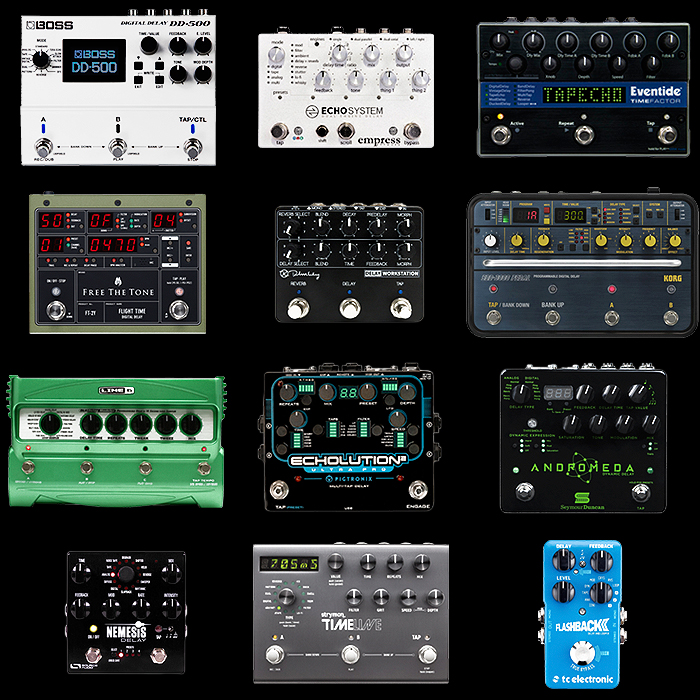
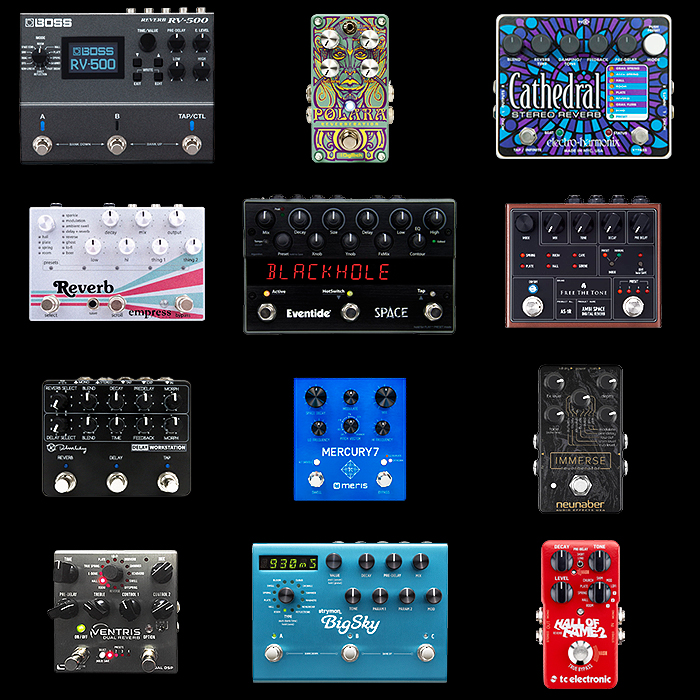




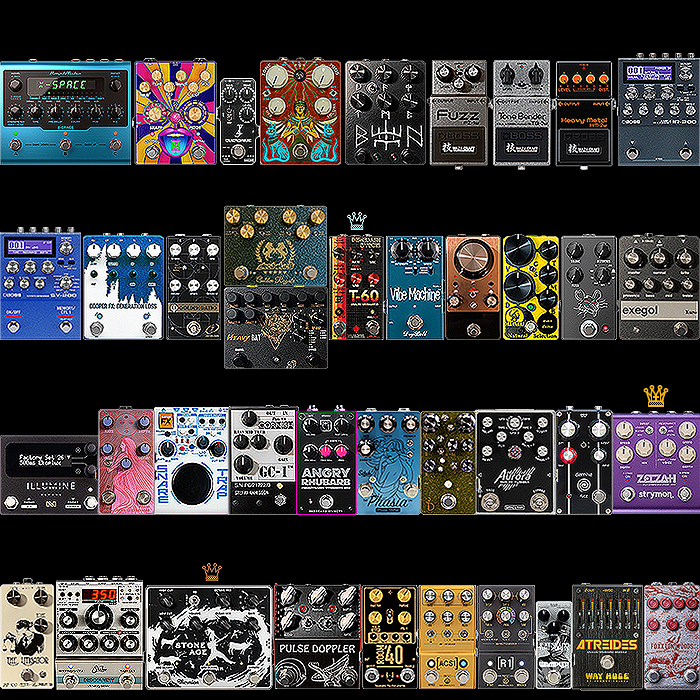
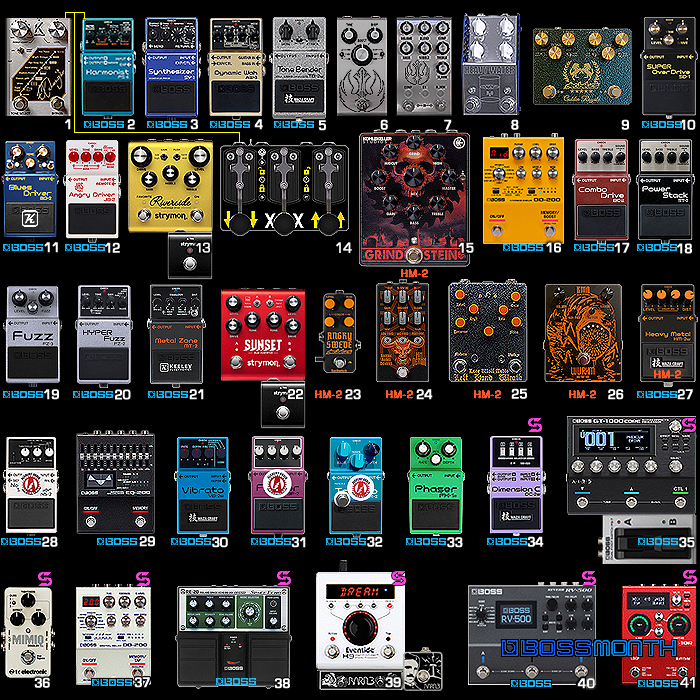
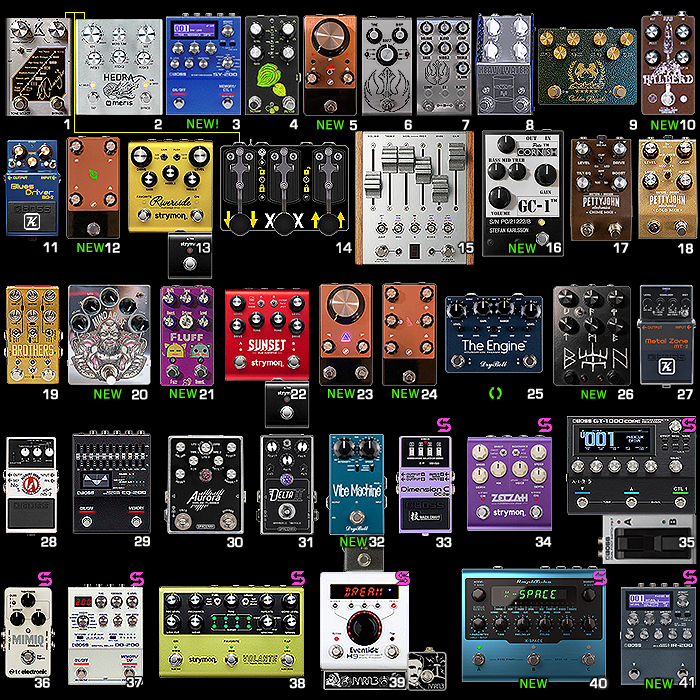
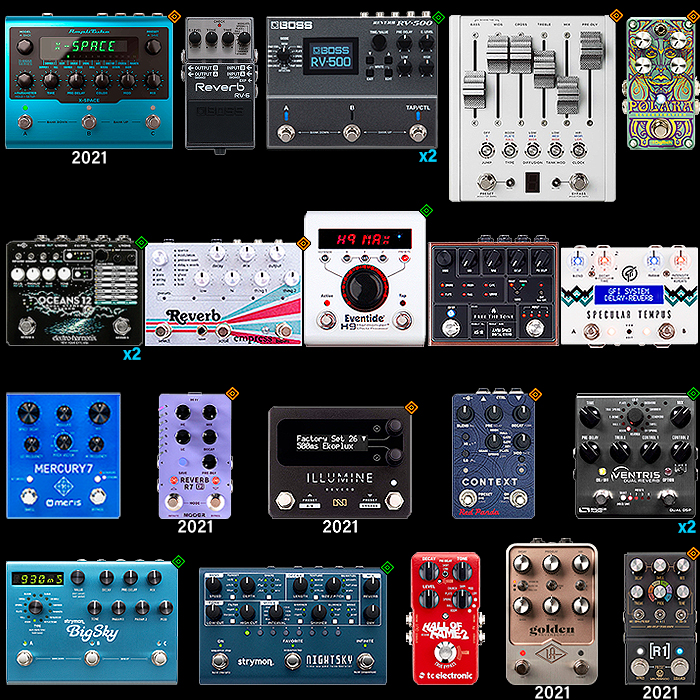
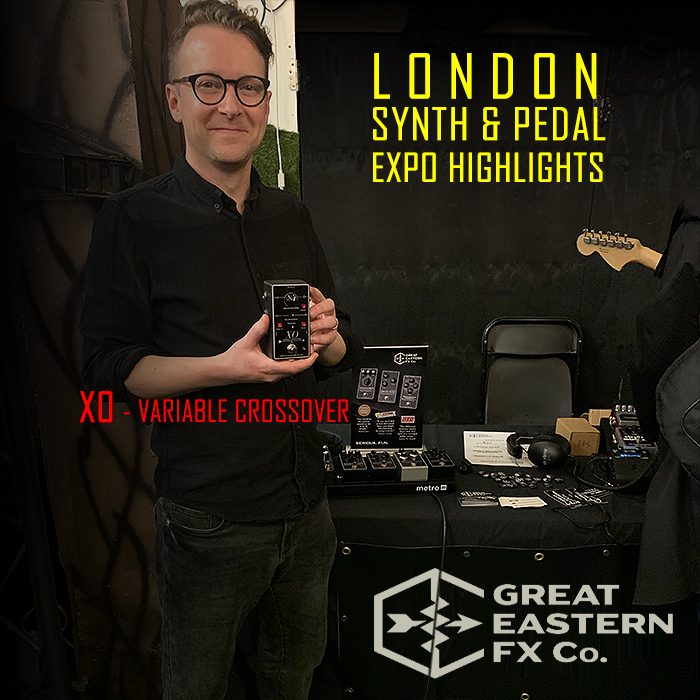
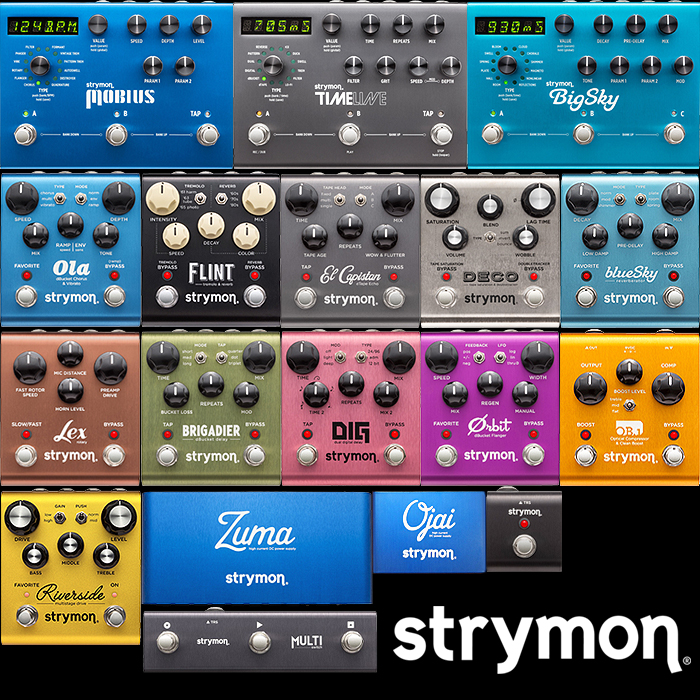

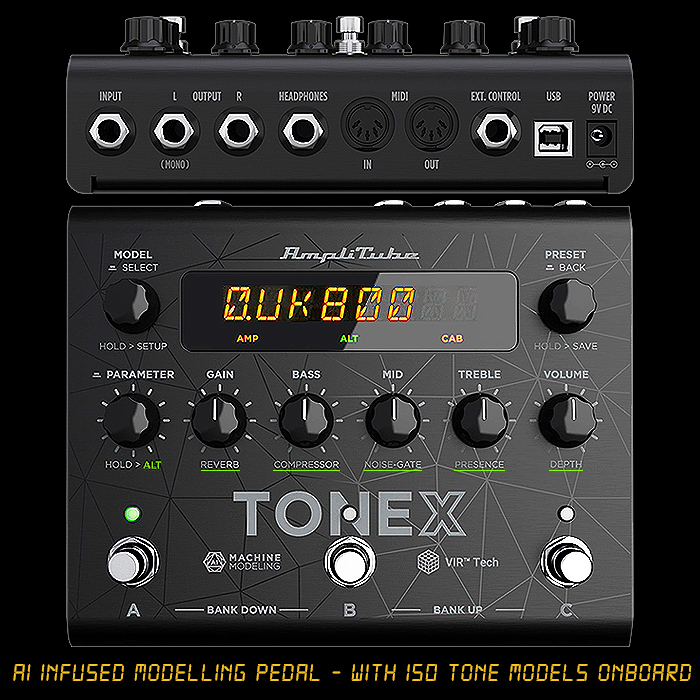
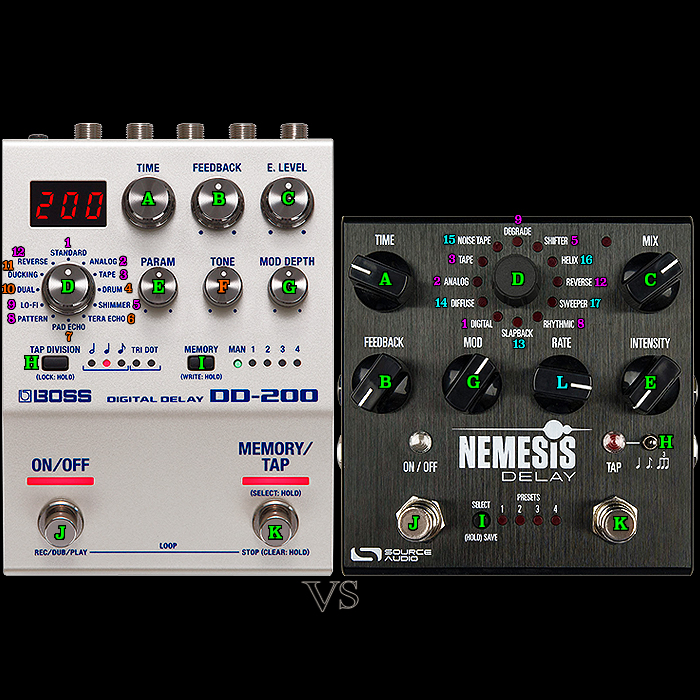
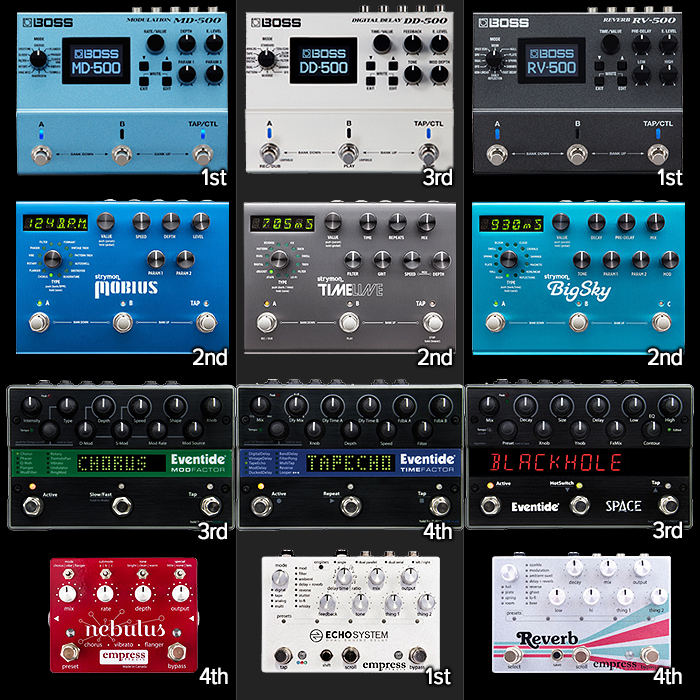
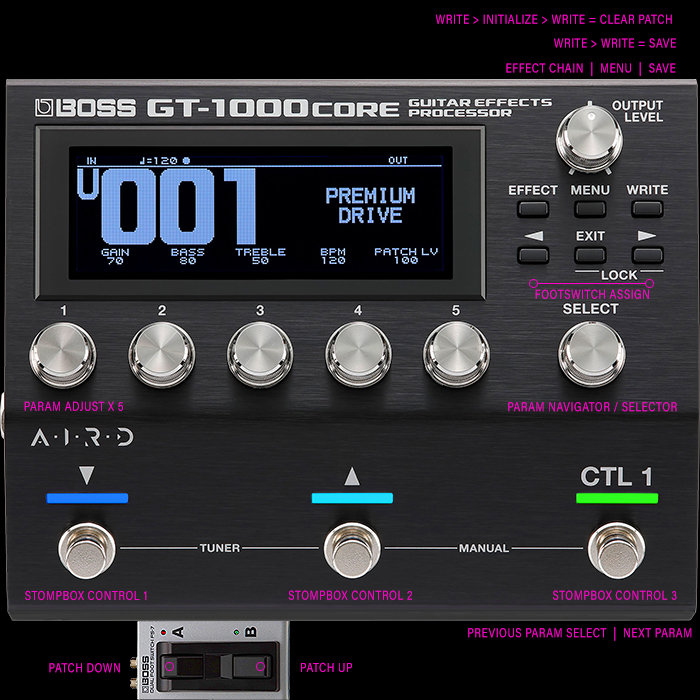
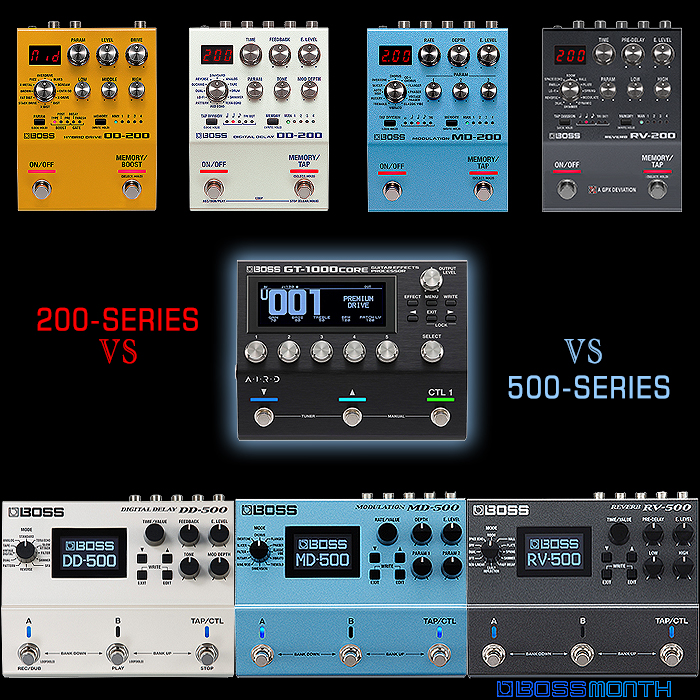
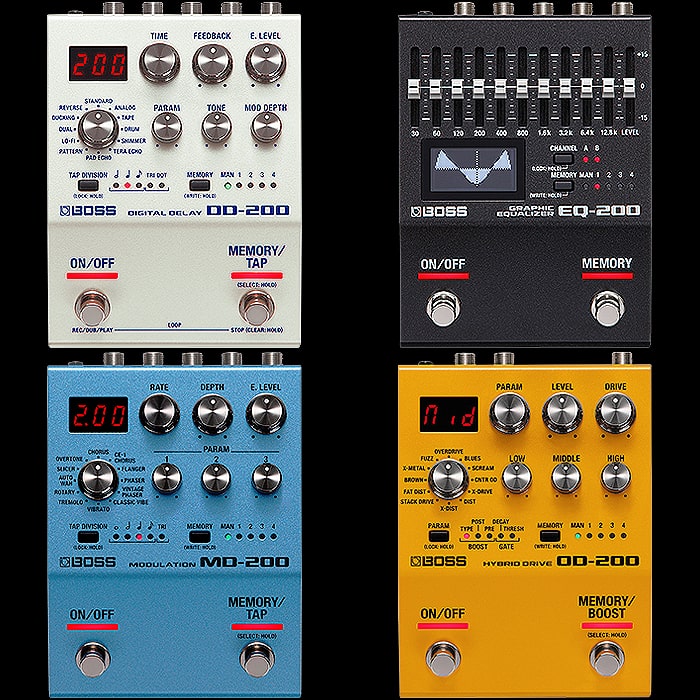
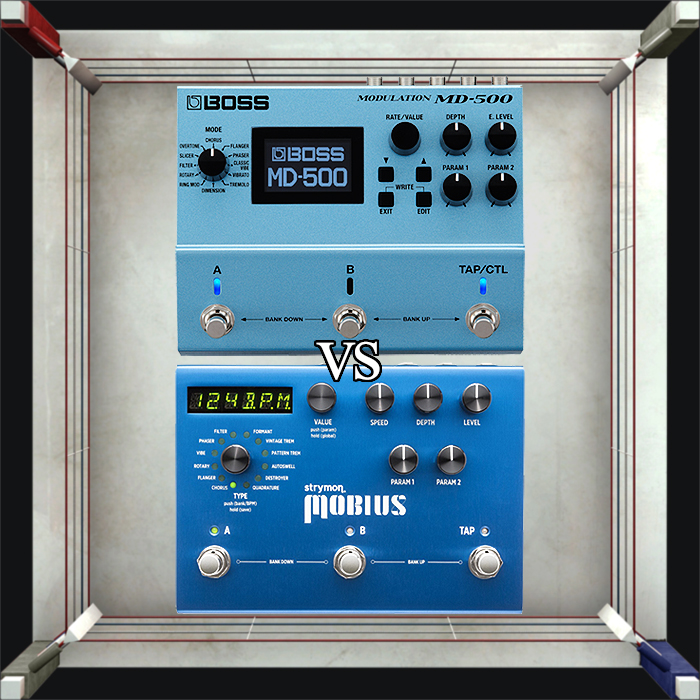
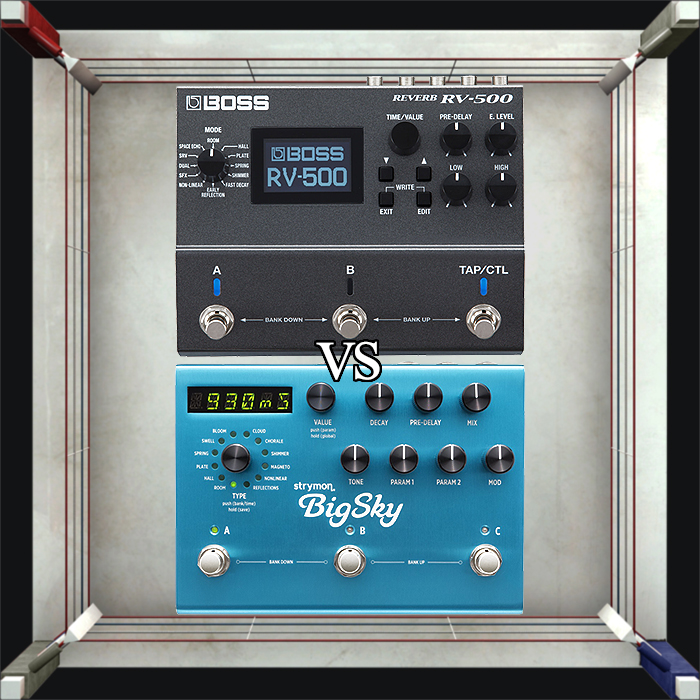
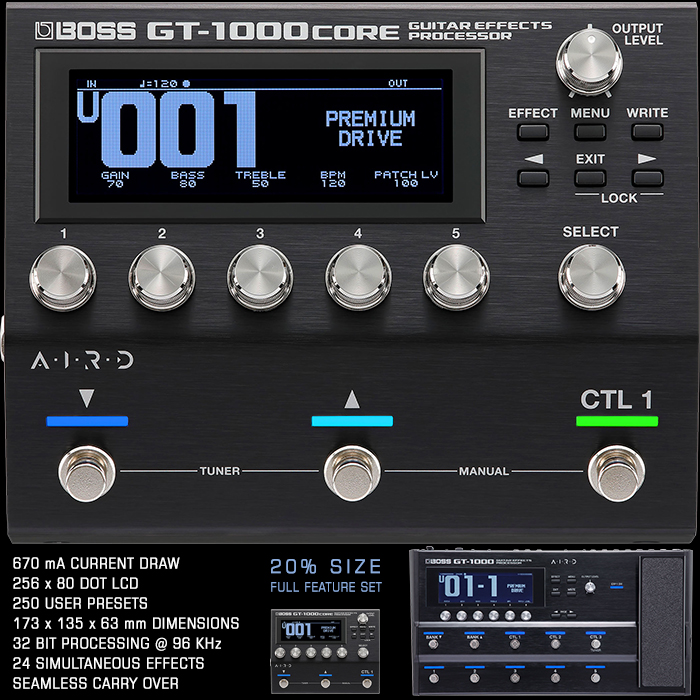
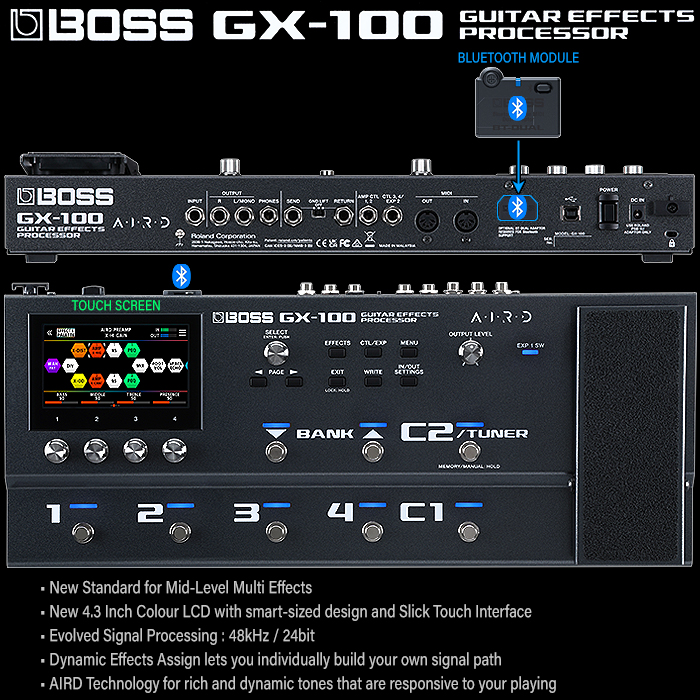
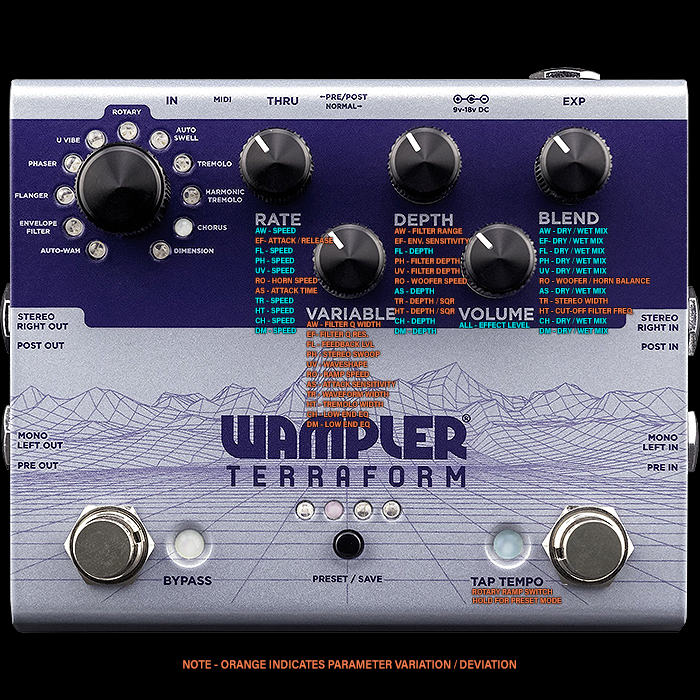
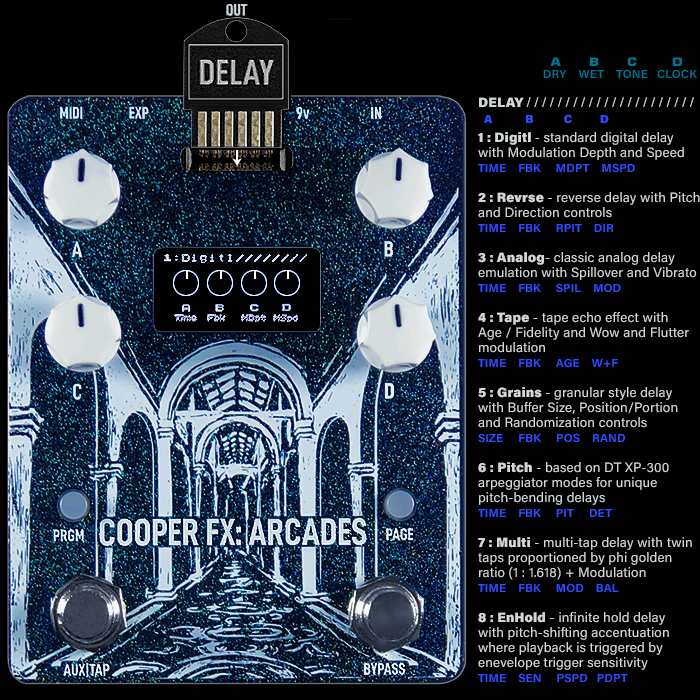

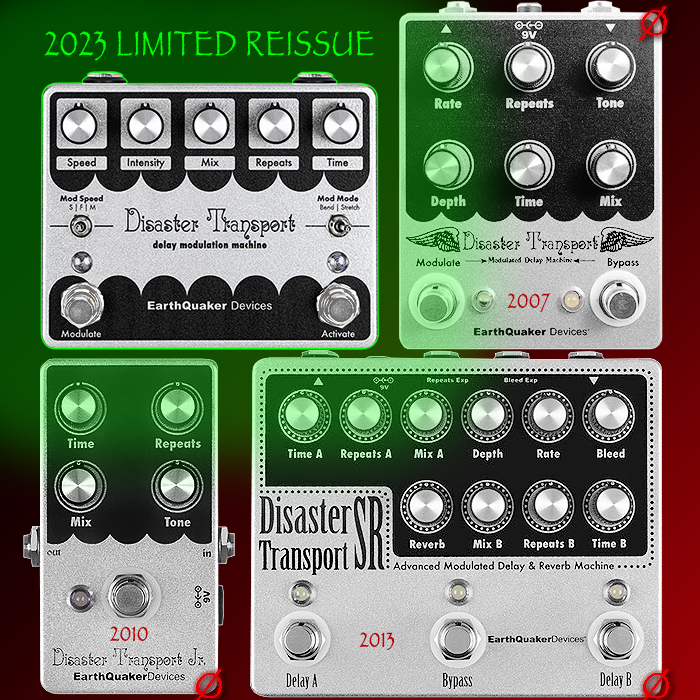

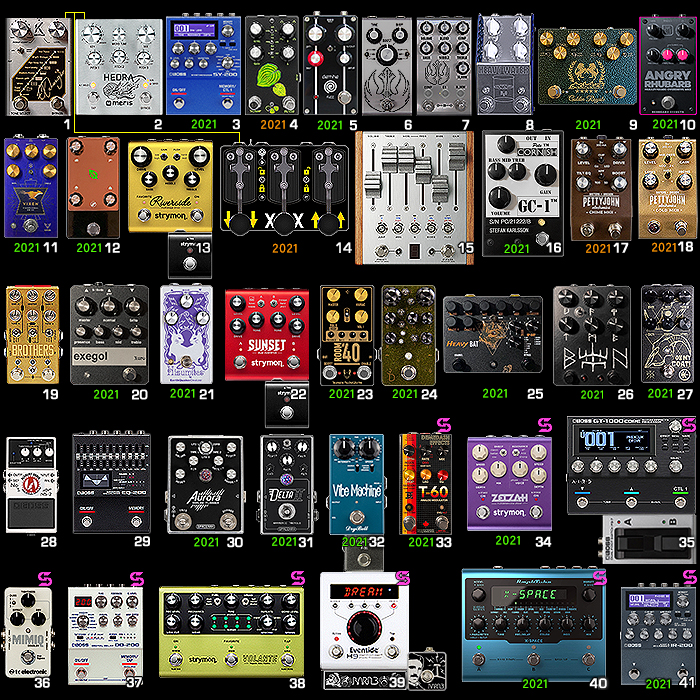
![First-hand Impressions of the Walrus Audio Mako Series II [M1] High-Fidelity Modulation Machine First-hand Impressions of the Walrus Audio Mako Series II [M1] High-Fidelity Modulation Machine](https://d6a2e7ghqts3o.cloudfront.net/AcuCustom/Sitename/DAM/556/2024-GPX-Walrus-Audio-Mako-II-M1-Y-7001.jpg)
